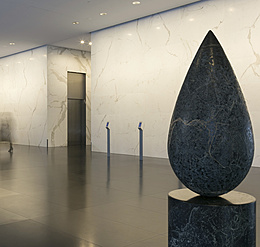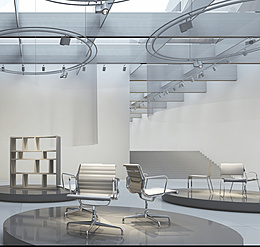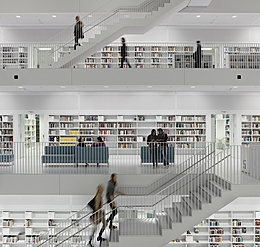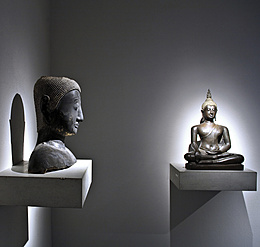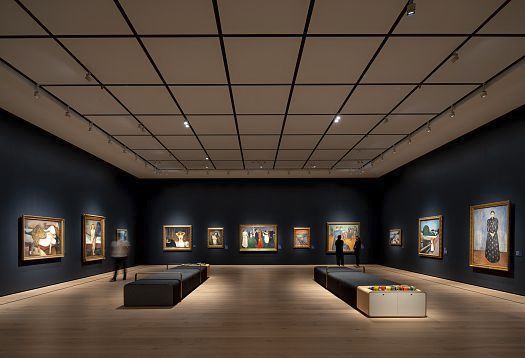
Accent lighting is a method of lighting used, for example, to highlight artworks, architectural elements or special areas in a room. The accentuation is achieved by a higher luminance, meaning greater brightness, or by changing the light colour. For this purpose, luminaires with directional light such as track spotlights, recessed spotlights or projectors are usually used – these are predestined to direct the focus onto specific objects or areas in the space.































